◂Math Worksheets and Study Guides First Grade. Addition Facts
Study Guide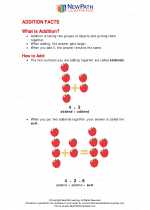 Addition Facts
Addition Facts  Worksheet/Answer key
Worksheet/Answer key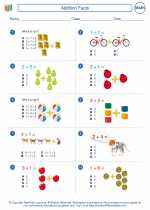 Addition Facts
Addition Facts  Worksheet/Answer key
Worksheet/Answer key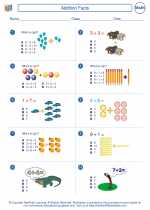 Addition Facts
Addition Facts  Worksheet/Answer key
Worksheet/Answer key Addition Facts
Addition Facts  Worksheet/Answer key
Worksheet/Answer key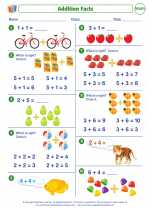 Addition Facts
Addition Facts  Worksheet/Answer key
Worksheet/Answer key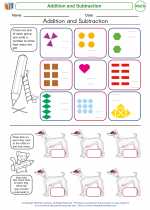 Addition and Subtraction
Addition and Subtraction  Worksheet/Answer key
Worksheet/Answer key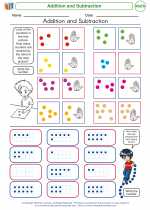 Addition and Subtraction
Addition and Subtraction  Worksheet/Answer key
Worksheet/Answer key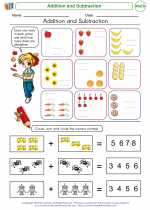 Addition and Subtraction
Addition and Subtraction  Worksheet/Answer key
Worksheet/Answer key Addition and Subtraction
Addition and Subtraction  Worksheet/Answer key
Worksheet/Answer key Addition and Subtraction
Addition and Subtraction  Worksheet/Answer key
Worksheet/Answer key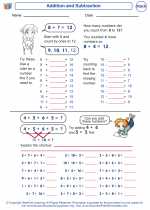 Addition and Subtraction
Addition and Subtraction  Worksheet/Answer key
Worksheet/Answer key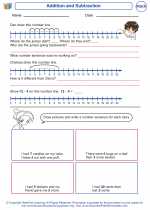 Addition and Subtraction
Addition and Subtraction  Worksheet/Answer key
Worksheet/Answer key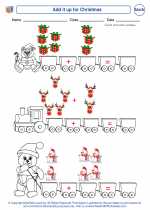 Add it up for Christmas
Add it up for Christmas  Worksheet/Answer key
Worksheet/Answer key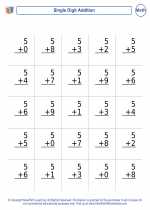 Single Digit Addition
Single Digit Addition  Worksheet/Answer key
Worksheet/Answer key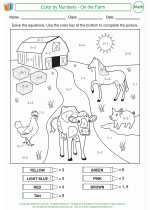 Color by Numbers
Color by Numbers  Worksheet/Answer key
Worksheet/Answer key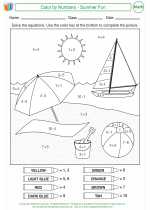 Color by Numbers
Color by Numbers  Vocabulary/Answer key
Vocabulary/Answer key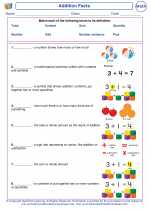 Addition Facts
Addition Facts  Vocabulary/Answer key
Vocabulary/Answer key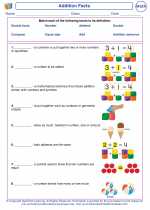 Addition Facts
Addition Facts 

 Worksheet/Answer key
Worksheet/Answer key
 Worksheet/Answer key
Worksheet/Answer key
 Worksheet/Answer key
Worksheet/Answer key
 Worksheet/Answer key
Worksheet/Answer key
 Worksheet/Answer key
Worksheet/Answer key
 Worksheet/Answer key
Worksheet/Answer key
 Worksheet/Answer key
Worksheet/Answer key
 Worksheet/Answer key
Worksheet/Answer key
 Worksheet/Answer key
Worksheet/Answer key
 Worksheet/Answer key
Worksheet/Answer key
 Worksheet/Answer key
Worksheet/Answer key
 Worksheet/Answer key
Worksheet/Answer key
 Worksheet/Answer key
Worksheet/Answer key
 Worksheet/Answer key
Worksheet/Answer key
 Worksheet/Answer key
Worksheet/Answer key
 Vocabulary/Answer key
Vocabulary/Answer key
 Vocabulary/Answer key
Vocabulary/Answer key

Create And Print more Addition Facts worksheets with Math Facts Worksheets generator
The resources above cover the following skills:
Number and Operations (NCTM)
Understand numbers, ways of representing numbers, relationships among numbers, and number systems.
Develop a sense of whole numbers and represent and use them in flexible ways, including relating, composing, and decomposing numbers.
Connect number words and numerals to the quantities they represent, using various physical models and representations.
Understand meanings of operations and how they relate to one another.
Understand various meanings of addition and subtraction of whole numbers and the relationship between the two operations.
Understand the effects of adding and subtracting whole numbers.
Compute fluently and make reasonable estimates.
Develop and use strategies for whole-number computations, with a focus on addition and subtraction.
Develop fluency with basic number combinations for addition and subtraction.
Algebra (NCTM)
Represent and analyze mathematical situations and structures using algebraic symbols.
Use concrete, pictorial, and verbal representations to develop an understanding of invented and conventional symbolic notations.
Use mathematical models to represent and understand quantitative relationships.
Model situations that involve the addition and subtraction of whole numbers, using objects, pictures, and symbols.
Grade 1 Curriculum Focal Points (NCTM)
Number and Operations and Algebra: Developing understandings of addition and subtraction and strategies for basic addition facts and related subtraction facts
Children develop strategies for adding and subtracting whole numbers on the basis of their earlier work with small numbers. They use a variety of models, including discrete objects, length-based models (e.g., lengths of connecting cubes), and number lines, to model 'part-whole,' 'adding to,' 'taking away from,' and 'comparing' situations to develop an understanding of the meanings of addition and subtraction and strategies to solve such arithmetic problems. Children understand the connections between counting and the operations of addition and subtraction (e.g., adding two is the same as 'counting on' two). They use properties of addition (commutativity and associativity) to add whole numbers, and they create and use increasingly sophisticated strategies based on these properties (e.g., 'making tens') to solve addition and subtraction problems involving basic facts. By comparing a variety of solution strategies, children relate addition and subtraction as inverse operations.
Connections to the Grade 1 Focal Points (NCTM)
Number and Operations and Algebra: Children use mathematical reasoning, including ideas such as commutativity and associativity and beginning ideas of tens and ones, to solve two-digit addition and subtraction problems with strategies that they understand and can explain. They solve both routine and nonroutine problems.